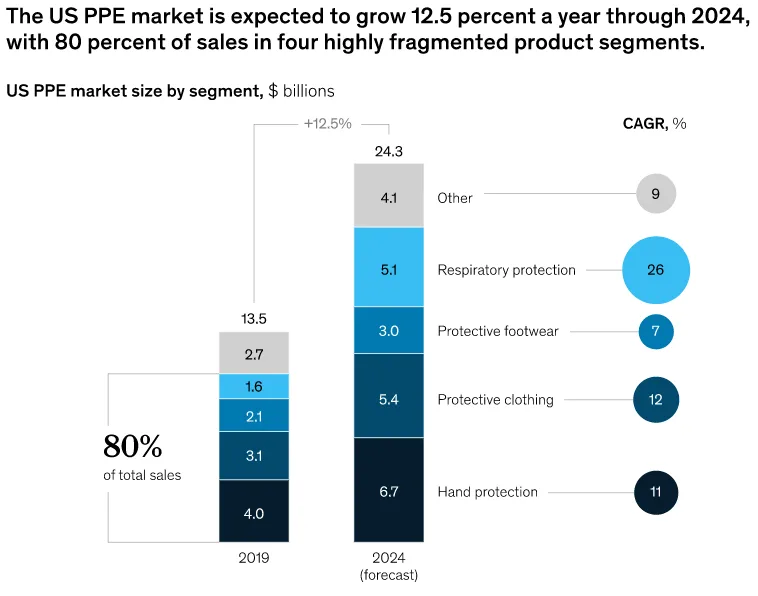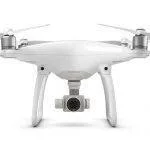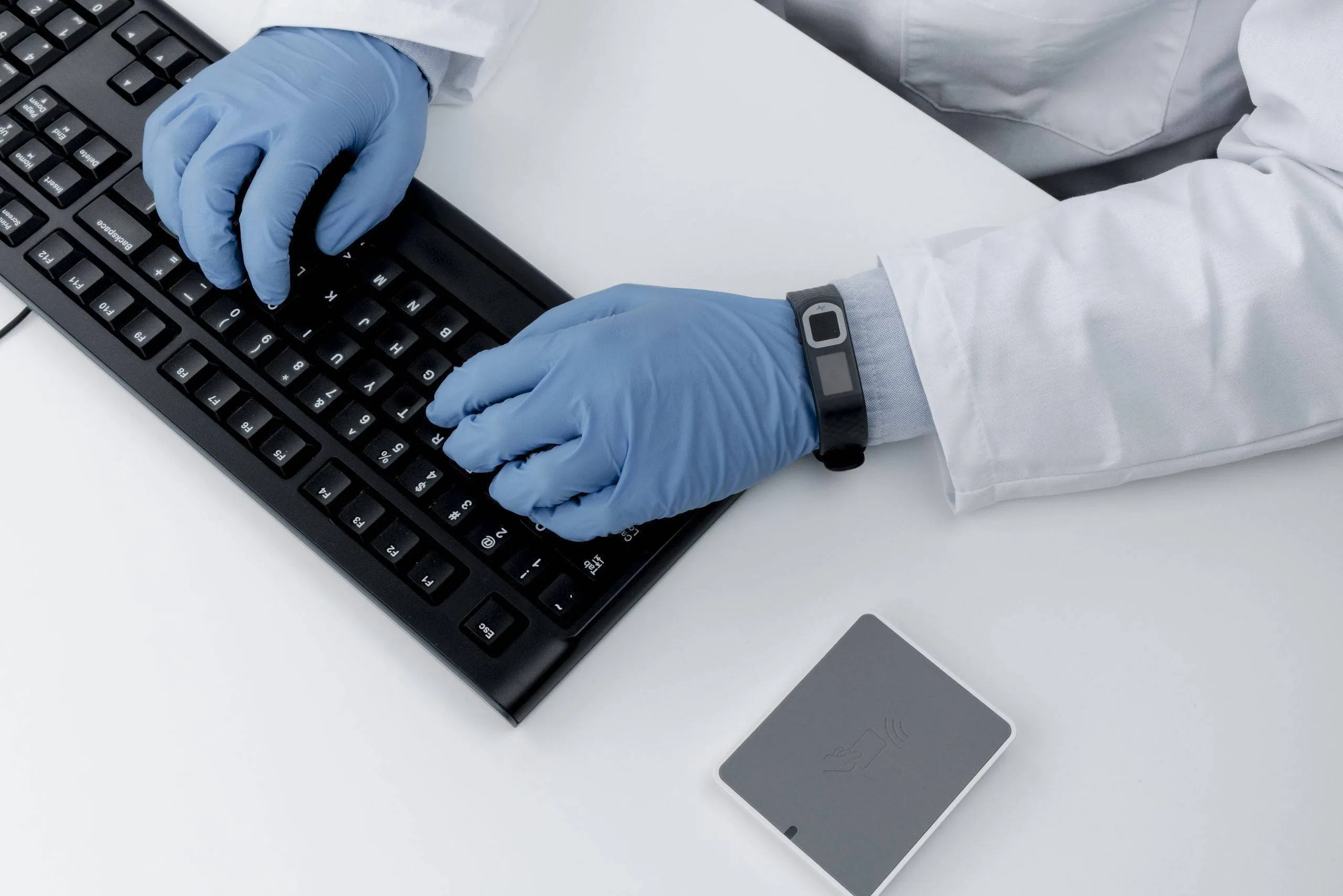Smart PPE, or personal protective equipment, is growing at a tremendous pace all over the world. The global smart house industry is expected to reach $5.2 billion in 2021 from just $300 million in 2021. According to an estimate by Grand View Research.
This growing industry will be driven by an array of factors, including health and safety concerns. A significant percentage of the population today has some form of smart technology gadgets already.
Smart PPE, on the other hand, is only becoming more popular because of its advantages, especially when it comes to personal protection against accidents at home and at work.
When a person is injured at home or at work, most people want to get the problem solved as quickly and effectively as possible and this is where PPE comes into play.
Smart PPE can be used together with personal protective equipment to help reduce the likelihood of serious injuries occurring due to falls, slipping, tripping, abrasions, burns and blunt force trauma.
As per most forecasts, smart PPE is expected to replace all of the current types of personal protective equipment available on the market.
There are two main types of wearables currently available in the market – PPE foam and wearable technology. Most of the industries that have an existing demand for these products are expected to see a significant increase in their production in the next few years.
Smart PPE can be used as a means of decreasing the potential hazards present in a worker’s surroundings on a daily basis. The foam-like material can absorb and deform itself in response to stress factors such as excessive heat, cold or chemical spills which could otherwise harm the wearer.
Additionally, smart PPE has the potential to provide total safety for the wearer. In addition, it can also repel liquids such as gasoline, diesel and aerosol spray which can cause eye damage and are harmful to the respiratory tract.
Globally, there is a strong requirement for PPE amongst construction workers engaged in projects in the Middle East. These professionals often face a number of hazards on a daily basis, including risks posed by road and petroleum products which are carried through air.
According to a recent Global Competitiveness Survey report, there is a strong need for improved information management solutions, and smart PPE technology is one of the best ways of meeting this.
Based on the results of the survey, there is a strong forecast period for the global industry to continue with its high growth level, and there is a definite need for employees to wear personal protective equipment such as this to protect them from workplace accident and injury.
A smart PPE system can help these workers remain safe, even during extremely dangerous conditions such as heavy rain, severe machinery or high temperature falls.
The forecast period for global PPE demand is 5G within the next five years. This is based on research undertaken by McKinsey & Company, an international company that focuses on healthcare and safety. In their research, they found that the high levels of safety lapses occurring at construction sites around the world have been greatly reduced by the adoption of smart PPE.
Currently, a large majority of workers in the Middle East and North Africa are required to wear safety apparel and gloves, which are highly expensive. However, as more companies take advantage of the advantages associated with smart PPE, production of these highly effective safety garments is set to dramatically increase in order to meet the growing demand for them in these areas.

There are a number of global, smart PPE markets to monitor, and Smart Protective Equipment sales and demand forecasts are expecting to grow.
One of the largest areas of growth is in Australia, where the demand is driven by the high levels of personal protective equipment used by nurses and doctors in the country.
Other countries experiencing growth include Canada, which has seen a dramatic increase in disposable incomes generated by PPE applications and disposable income generated by the demand for these products in general. In the US, Smart PPE products account for approximately 20% of total healthcare spending.
Globally, demand is expected to increase with the global economic recovery expected to boost disposable income levels and reduce the current deficit in the global health care industry.
Among the numerous benefits provided by the adoption of Smart PPE, one of the most appreciated aspect is the reduction in time lost in activities such as accident recovery. In the past, when accident reports were filed and processed manually by senior managers, it could take days for them to reach the supervisor.
Since the implementation of Smart PPE, work supervisors are able to access the personal protective equipment data immediately, reducing the amount of time lost due to processing.
It is also expected that among workers, the number of accidents will decline as a result of using a connected safety platform to gather information on worker safety practices.







